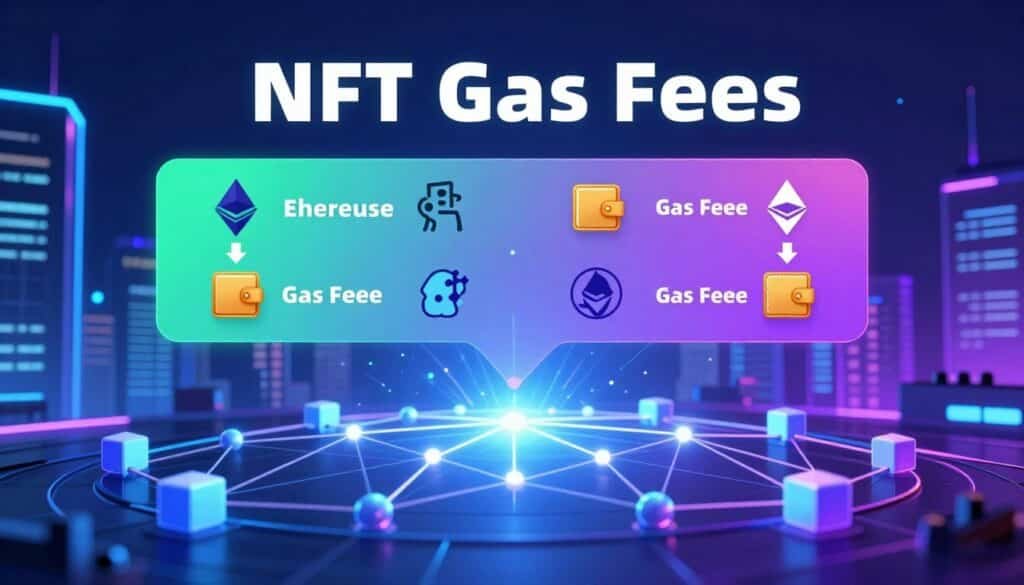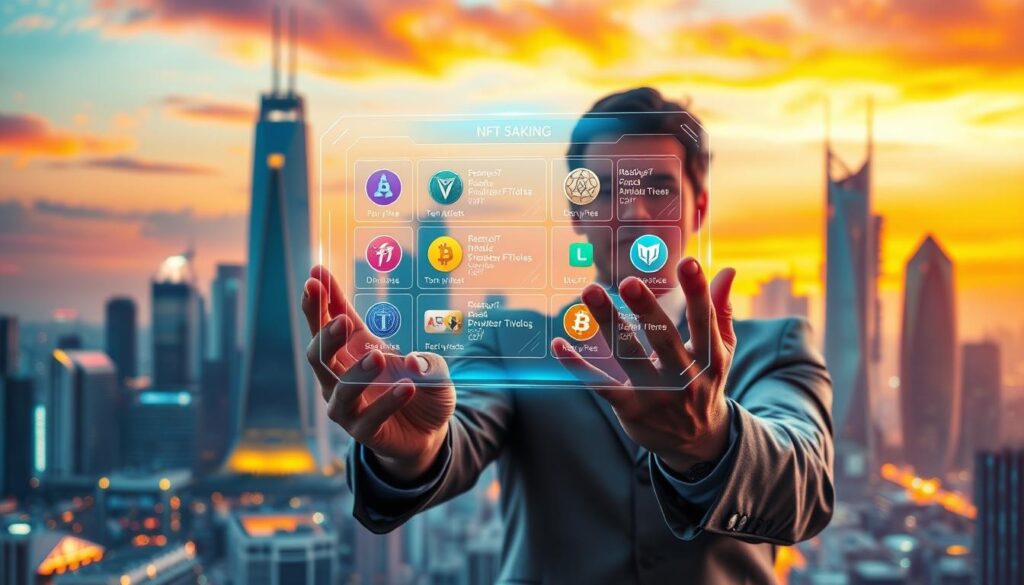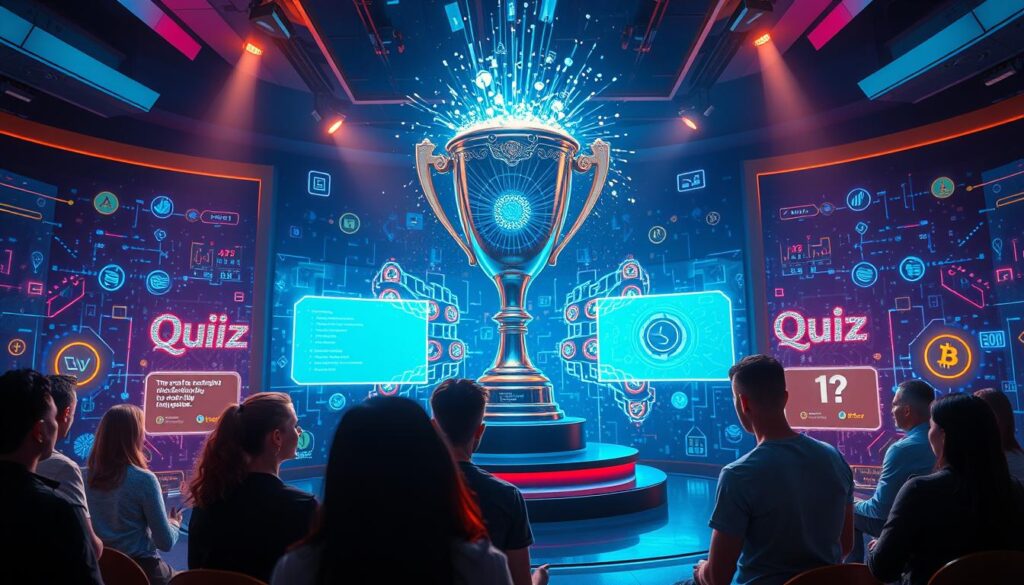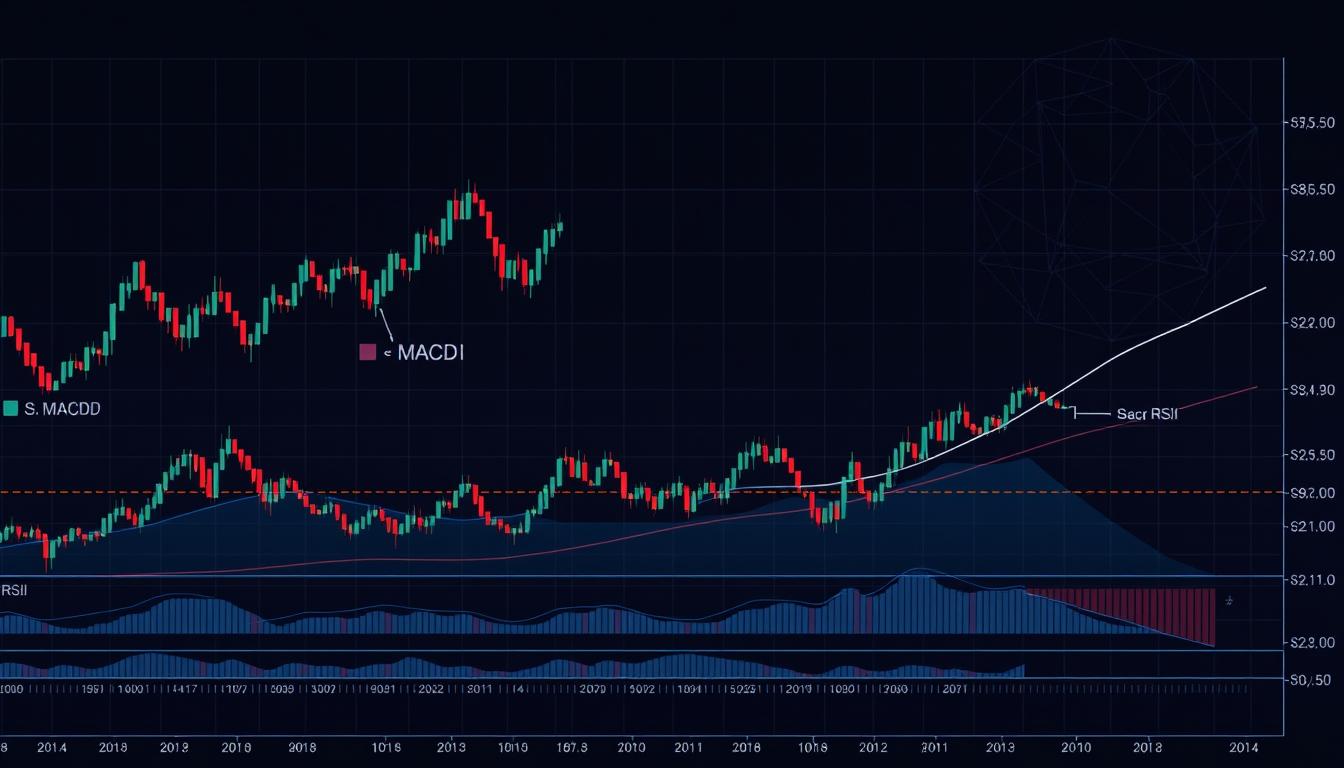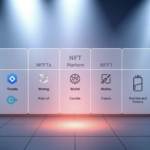Now Reading: Understanding NFT Copyright Laws and Intellectual Property Rights
- 01
Understanding NFT Copyright Laws and Intellectual Property Rights
Understanding NFT Copyright Laws and Intellectual Property Rights
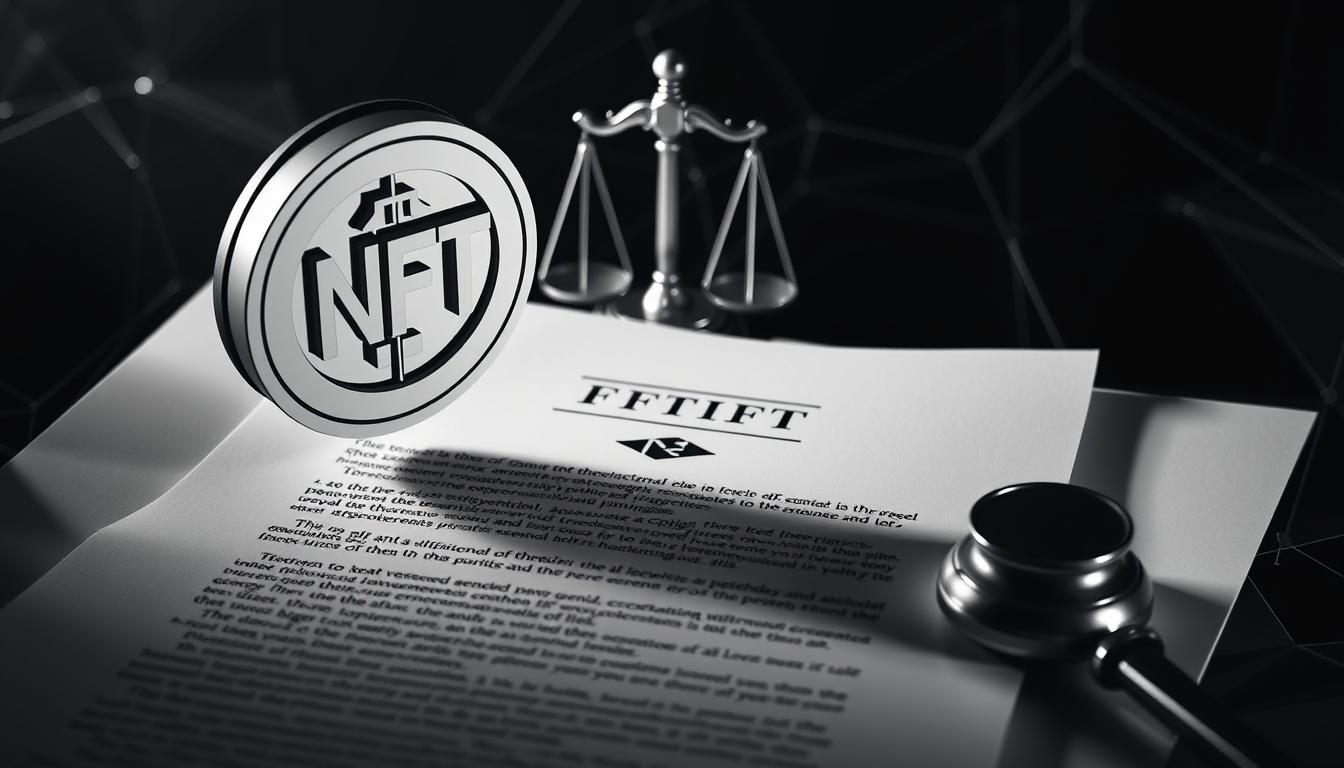
Digital collectibles exploded into mainstream culture when CryptoKitties launched in 2017, introducing blockchain-based ownership to millions. Since then, sales like Beeple’s $69 million artwork and NBA Top Shot’s $500 million milestone prove these tokens have moved far beyond niche status. But what exactly does it mean to “own” a unique digital asset?
The answer lies in untangling two critical concepts: the token itself and the creative work it represents. Many buyers mistakenly assume purchasing a blockchain-certified item grants full control over its imagery or content. In reality, ownership often applies only to the digital certificate, not the underlying creation – a distinction fueling high-profile disputes like Hermès’ lawsuit over MetaBirkin designs.
Traditional legal frameworks struggle to address decentralized systems where transactions occur globally in seconds. Artists, brands, and collectors now navigate uncharted territory where century-old principles meet cutting-edge technology. Recent court rulings show existing protections can apply to virtual assets, but gray areas remain.
Key Takeaways
- Blockchain tokens represent ownership records, not necessarily creative rights
- Multi-million dollar sales highlight both economic potential and legal risks
- Historic brands are testing IP protections through digital asset lawsuits
- Buyers often confuse token possession with content licensing privileges
- Global transactions challenge location-based legal systems
NFT Fundamentals and Their Unique Characteristics
Blockchain-based collectibles transform how we assign value to digital items through verifiable scarcity. At their core, these tokens use decentralized networks to prove ownership of anything from tweets to virtual real estate. Smart contracts act as self-executing agreements, encoding rules for transfers and royalties directly into the token’s DNA.
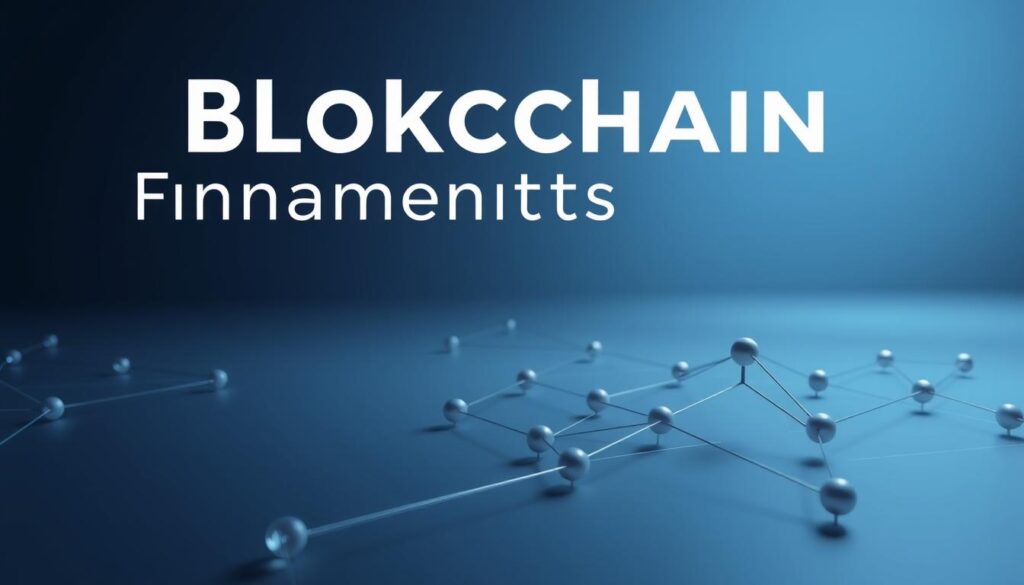
Defining Key Components
Every token operates on a distributed ledger system that time-stamps transactions across thousands of computers. This architecture prevents tampering while allowing public verification. Unique identification codes separate one token from another, even when representing similar content.
Fungible vs. Non-Fungible: Core Contrasts
Traditional cryptocurrencies like Bitcoin function like dollar bills – interchangeable and identical. Non-fungible assets resemble rare trading cards, where individual traits determine worth. The table below highlights critical distinctions:
| Feature | Fungible Assets | Non-Fungible Tokens |
|---|---|---|
| Interchangeability | Identical units | Unique identifiers |
| Value Basis | Market supply/demand | Scarcity & provenance |
| Ownership Tracking | Wallet balances | Individual transaction history |
Hashing algorithms link tokens to digital files without storing them on-chain. This allows verification of authenticity while keeping blockchain networks efficient. Most systems use Ethereum’s ERC-721 standard, though alternatives like Solana offer faster transactions.
A Historical Overview of NFTs and Their Market Evolution
The digital ownership revolution began quietly in 2017 when a blockchain game made headlines for congesting Ethereum’s network. CryptoKitties, developed by Dapper Labs, turned cartoon felines into tradable digital assets, sparking unprecedented demand. This experiment revealed the potential for blockchain to authenticate uniqueness in a copy-paste world.

Early Beginnings and CryptoKitties
Before million-dollar art sales, CryptoKitties demonstrated how verifiable scarcity could create value. Users bred and traded virtual cats, with rare specimens selling for over $100,000. The platform’s success laid groundwork for modern non-fungible tokens, proving consumers would pay real money for digital exclusivity.
Record-Breaking Sales and Mainstream Adoption
Beeple’s $69 million Christie’s auction in 2021 became a cultural landmark, merging traditional art markets with blockchain technology. That same year, NBA Top Shot generated $500 million by tokenizing basketball highlights. Luxury brands like Gucci and Tiffany & Co. soon launched limited-edition digital collectibles, blending physical craftsmanship with virtual innovation.
Entertainment figures accelerated adoption – William Shatner sold 125,000 space-themed photos in minutes. These milestones transformed niche tech into a global industry, with companies exploring new ways to monetize digital creations through smart contracts and royalties.
NFT copyright laws and intellectual property rights
Global legal systems face unprecedented challenges as blockchain assets reshape traditional concepts of possession. Courts worldwide now apply established frameworks like the Berne Convention to virtual environments, ratified by 181 nations to protect creators’ exclusive rights. This international agreement ensures artists retain control over reproductions – including digital storage – unless explicitly transferred.

Ownership vs. Creative Control
A critical distinction separates token possession from creative authority. When acquiring a blockchain-certified item, buyers typically obtain proof of authenticity rather than underlying intangible assets. The table below clarifies this division:
| Aspect | Token Ownership | Content Rights |
|---|---|---|
| Transfer Mechanism | Blockchain transactions | Written agreements |
| Legal Protection | Property law | Copyright frameworks |
| Scope | Specific digital certificate | Underlying creative work |
Automated Enforcement Mechanisms
Self-executing contracts revolutionize royalty distribution by triggering payments at each resale. However, these tools cannot bypass fundamental requirements for rights transfers. Even sophisticated code cannot replace documented permissions when altering control over creative material.
Recent cases demonstrate courts upholding traditional principles for virtual assets. Judges increasingly reference WIPO treaties when evaluating digital reproduction disputes, confirming that existing frameworks adapt effectively to new technologies.
Monetizing NFTs: Sales, Royalties, and Licensing Strategies
Creators unlock new revenue streams through blockchain’s programmable features. While initial sales generate immediate income, smart contracts enable perpetual earning potential. This shift transforms how artists and developers profit from digital creations.
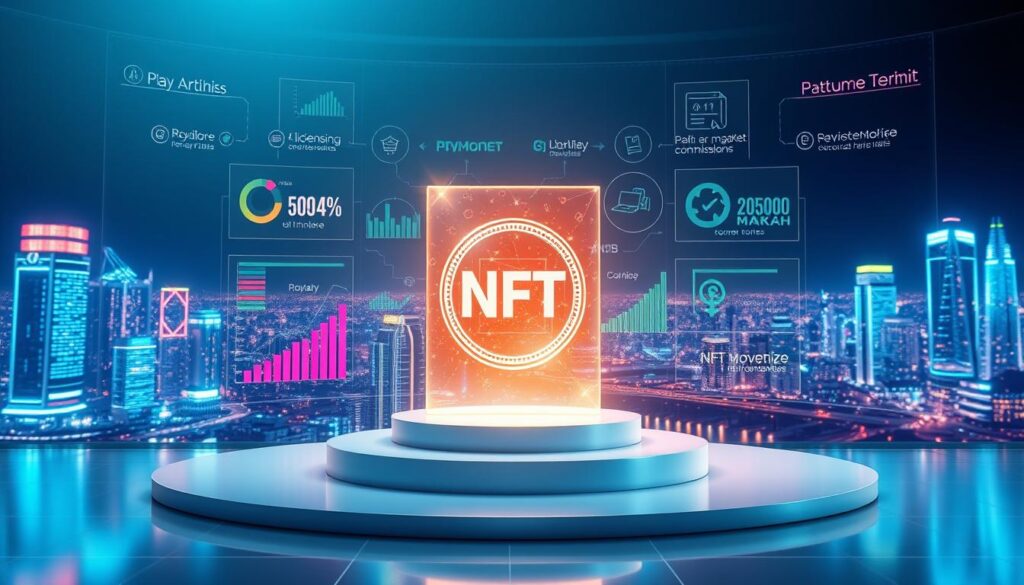
Transferring Intellectual Property with NFTs
Owning a token doesn’t automatically grant commercial privileges. Clear agreements must outline what buyers can do with digital content. For example:
- CryptoKitties permits merchandise sales under $100k/year
- NBA Top Shots prohibits commercial use of highlight clips
These rules get encoded into smart contracts or separate legal documents. Without written terms, the original creator retains all rights by default.
Utilizing Royalties on Secondary Sales
Programmable payments create ongoing income when assets resell. Game developers particularly benefit – popular virtual items can generate years of revenue. Consider these advantages:
| Platform | Royalty Rate | Payment Trigger |
|---|---|---|
| Art Blocks | 10% | Every resale |
| Decentraland | 2.5% | Land transfers |
This system rewards creators fairly while letting owners profit from rising values. Balancing these interests drives sustainable market growth.
Risks, Infringement, and Enforcement in NFT and IP Realms
High-profile lawsuits highlight the clash between traditional brands and decentralized digital markets. Blockchain’s borderless nature creates enforcement gaps where bad actors exploit brand recognition without permission. Courts now confront scenarios where digital replicas of physical goods circulate globally within minutes.
Unauthorized Minting and Mimicry Concerns
Creating tokens without permission triggers two legal issues. First, copying protected works violates reproduction rights. Second, distributing them through blockchain platforms breaches communication rights. A single upload can reach millions instantly – far beyond traditional piracy scales.
Recent cases show courts penalizing mimicry. The Hermès lawsuit awarded $133,000 against MetaBirkins tokens for diluting brand value. This verdict confirmed that digital items face the same scrutiny as physical counterfeits.
Trademark and Copyright Infringement Cases
Brands face new threats in virtual spaces. Unauthorized use of logos or product designs in token metadata often constitutes infringement. Marketplaces now face pressure to remove offending content faster.
| Infringement Type | Traditional Context | NFT Context |
|---|---|---|
| Logo Usage | Physical products | Token artwork/metadata |
| Enforcement | Customs seizures | Blockchain takedowns |
| Consumer Confusion | Storefront displays | Marketplace listings |
Proactive monitoring tools help brands detect unauthorized tokens. Legal actions increasingly target marketplace operators who host infringing content. However, pseudonymous creators and decentralized platforms complicate enforcement across jurisdictions.
Navigating the Metaverse: Intersecting Digital Asset Rights and IP Laws
Virtual environments are reshaping ownership concepts as users trade digital goods across interconnected worlds. These immersive spaces demand fresh approaches to managing creative control, especially when virtual items move between platforms. Brands and creators now face critical decisions about protecting value in evolving digital ecosystems.
Applications in Video Games and Virtual Worlds
Game developers set early precedents for handling branded content. A 2020 court ruling allowed Activision to feature Humvees in Call of Duty under the Rogers test, which permits realistic depictions if they serve artistic purposes. This principle could extend to metaverse environments where virtual stores display real-world products.
Another landmark case involved tattoo designs in NBA 2K. Courts deemed their digital replication de minimis – too insignificant to require licenses. Such decisions suggest virtual worlds may enjoy broader fair use allowances than physical markets.
Implications for Brands and Content Creators
Forward-thinking companies like Nike secure patents for hybrid systems. Their CryptoKicks technology links physical sneakers to unique digital twins, combating counterfeits across realms. This approach demonstrates how brand assets can maintain value in both material and virtual transactions.
Creators must balance opportunity with caution. While metaverse platforms offer new revenue through customizable avatars and wearable tokens, unauthorized use of existing designs remains risky. Clear licensing terms become essential when porting items between virtual spaces.
Interoperability challenges loom large. A virtual jacket purchased in one world might conflict with another platform’s trademark policies. Standardized frameworks could emerge to streamline cross-environment asset transfers while respecting ownership boundaries.
Final Reflections on Protecting and Leveraging Digital Intellectual Property
The rapid evolution of blockchain-based assets demands smarter strategies for value preservation. Ownership of these items often boils down to digital certificates rather than creative authority – a gap many discover too late. Recent disputes, like the MetaBirkin case, prove established brands will aggressively defend their identity in virtual spaces.
Creators and buyers must prioritize transparency in transactions. Clear documentation matters more than ever when transferring ownership. Platforms offering detailed guidelines help users avoid costly misunderstandings about usage rights.
Three principles guide success in this space:
- Verify ownership chains before acquiring tokens
- Negotiate licensing terms explicitly
- Monitor secondary markets for unauthorized use
As blockchain markets mature, balancing innovation with protection remains critical. Tools like decentralized identifiers could revolutionize authenticity tracking. For now, combining smart contracts with legal safeguards offers the strongest defense for both creators and collectors.


